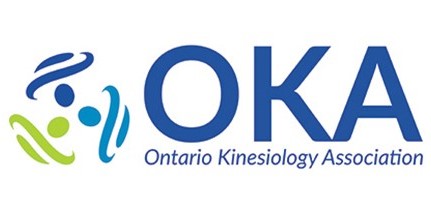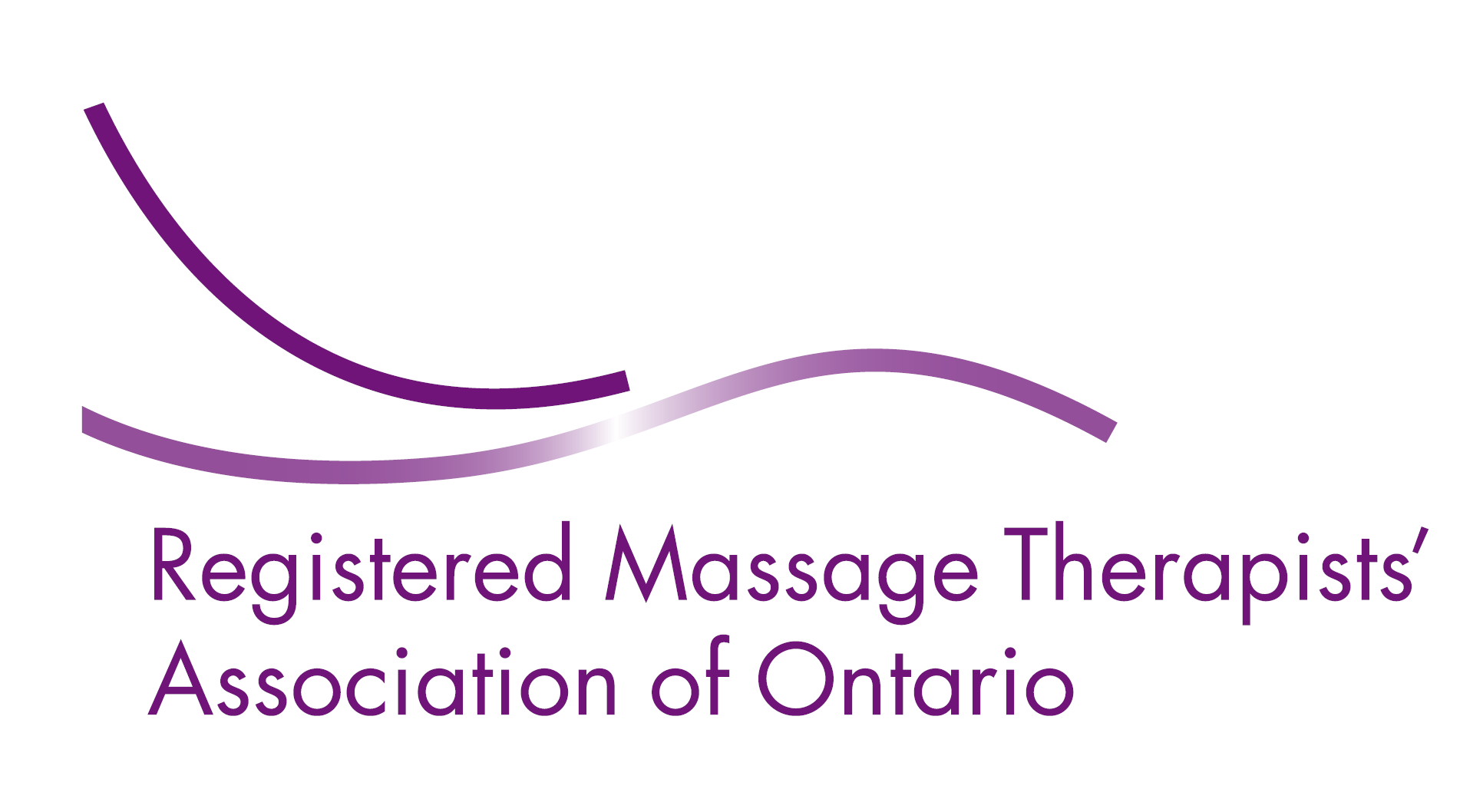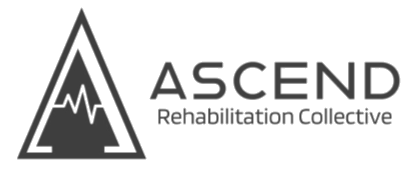Physiotherapy
“Physiotherapists analyze the impact of injury, disease, disorders, or lifestyle on movement and function. Their unique contribution to health care is to promote, restore and prolong physical independence by enhancing a client’s functional capacity. Physiotherapists encourage clients to assume responsibility for their health and participate in team approaches to health service delivery.”

Physiotherapy can help address and treat:
- Plantar Fasciitis
- Sciatica
- Tendonitis
- Tennis Elbow
- Fracture Rehab
- Knee Pain
- Falling/Balance Issues
- Headaches
- TMJ/Jaw Pain
- Muscle Tension
- Osteoarthritis
- Rotator Cuff Injuries
- Low Back Pain
- Golfer’s Elbow
- Flat Feet/Collapsing Arches
- Neurological Dysfunction
- Problems Walking
- Ankle Sprain/ Ankle Pain
- Joint Replacement Rehab
- etc.
Chiropractic
“Chiropractors are spine, muscle and nervous system experts who specialize in assessing, diagnosing, treating and developing care plans to keep you moving and pain-free.” It is a hands-on, non-invasive, and drug-free practice that safely and effectively helps relieve pain and improve the body’s overall function. Chiropractic care uses various treatments depending on your needs, from manual ‘hands-on’ adjustment techniques to soft tissue therapy.”

Chiropractic Care can help address and treat:
- Back pain
- Mid back pain
- Plantar fasciitis
- Rotator cuff injuries
- Disc injury management
- Sports injuries
- etc.
- Neck Pain
- Concussion
- Tennis Elbow
- Sciatica
- Sprains and Strains
- Arthritis Management
Osteopathy
“Osteopathy views the body as one unit working together and takes all the moving parts into consideration during assessment and treatment. It understands the body is also inherently capable of healing and regulating itself, given the right conditions. The proper alignment of all layers of structure in a body give it the ability to function as it was designed. The motion capacity of the body is directly related to one’s ability to self-heal and regulate. Osteopathic Manual Practitioners are functional anatomists who use manual therapy to restore proper body mechanics, nerve impulse and circulation by removing motion restriction where needed.”

Kinesiology
“Kinesiology is the science of human movement and exercise. Kinesiology uncovers the biomechanical, physiological, neurological, and psychosocial mechanisms that drive human function and performance. The practice of kinesiology is the assessment of human movement and performance and its rehabilitation and management to maintain, rehabilitate or enhance movement and performance.”

Kinesiology can help address and treat:
- Biomechanics
- Muscular Imbalances
- Strength Deficits
- Ergonomic Issues
- Performance Optimization
- Health and Fitness Goals
- Joint Pain and Instability
- Back Pain
- Sprains and Strains
- Fracture Rehab
- Sports Injury
- etc.
Massage
“Massage therapy is the manipulation of soft tissues of the body including muscles, connective tissue, tendons, ligaments and joints. Massage therapy is a clinically-oriented healthcare option that helps alleviate the discomfort associated with every day occupational stresses, muscular over-use and many chronic pain conditions.”

Massage Therapy can help address and treat:
- Arthritis
- Carpal Tunnel Syndrome
- Headaches
- Muscle Tension
- Plantar Fasciitis
- Sciatica
- etc.
- Scoliosis
- Sprains and Strains
- Sports Injuries
- Tendinitis
- Back Pain
- Neck and Shoulder Pain
